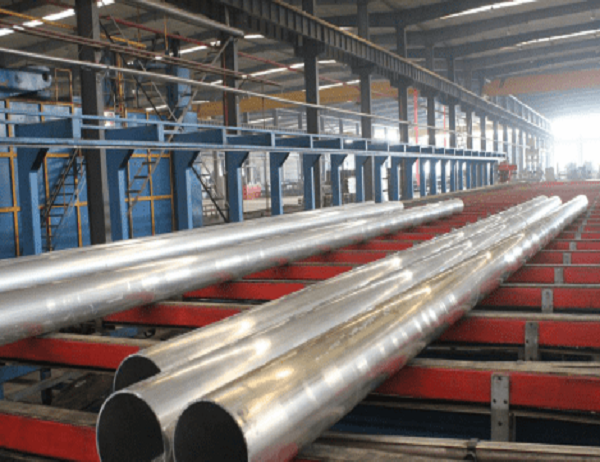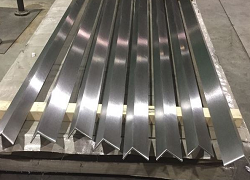In the realm of electronics, heat management plays a crucial role in ensuring the optimal performance and longevity of critical components. Aluminum heat sinks, renowned for their exceptional thermal conductivity and versatility, serve as indispensable tools for dissipating heat and maintaining acceptable operating temperatures. Selecting the right aluminum heat sink for your specific application requires careful consideration of various factors to guarantee maximum efficiency and reliability.
Sizing and Fin Structure
The size of the heat sink directly impacts its heat dissipation capacity. Larger heat sinks with more surface area offer greater heat dissipation capabilities. Fin structure is another critical factor. Fins increase the surface area for heat transfer, enhancing their cooling efficiency. Consider the number, shape, and spacing of the fins to optimize airflow and maximize heat removal.
Material Properties
The purity and temper of the aluminum used in the heat sink play a significant role in its thermal conductivity. Higher purity aluminum offers better heat conduction, but it may be more expensive. Temper refers to the heat treatment process, which affects the strength and hardness of the aluminum. A heat sink with the appropriate temper will ensure optimal performance without compromising structural integrity.
Mounting and Compatibility
Proper mounting ensures stable contact between the heat sink and the heat-generating component. Select a heat sink with compatible mounting options that align with your device’s specifications. The mounting mechanism should provide secure attachment while preventing thermal resistance. Additionally, consider the height and weight of the heat sink to ensure it fits within the available space and does not add excessive weight to your system.
Surface Treatment
The surface treatment of the heat sink influences its corrosion resistance and thermal performance. Anodized and clear-coated surfaces enhance durability and protect against oxidation. Black anodized heat sinks absorb more heat, leading to higher dissipation rates. Consider the environment in which the heat sink will be used to determine the appropriate surface treatment for optimal heat dissipation and longevity.
Thermal Resistance
Thermal resistance measures the resistance to heat flow through the heat sink. Lower thermal resistance indicates better heat dissipation capabilities. Look for heat sinks with efficient thermal paths and minimize contact resistance between the heat-generating component and the heat sink. Thermal resistance can vary with heat sink design, material, and mounting method.
Cost and Availability
Cost and availability are important factors to consider. High-performance heat sinks with advanced features and materials may come at a higher cost. Determine the performance requirements and budget constraints of your application to select a heat sink that meets your needs and financial considerations. Additionally, consider the availability of the heat sink from reputable suppliers to ensure timely delivery and prevent production delays.
Conclusion
Selecting the right aluminum heat sink for your needs involves a comprehensive evaluation of key factors such as size, fin structure, material properties, mounting compatibility, surface treatment, thermal resistance, cost, and availability. By carefully considering each of these aspects, you can choose a heat sink that optimizes heat dissipation, ensures component longevity, and enhances the overall performance of your electronic system.



